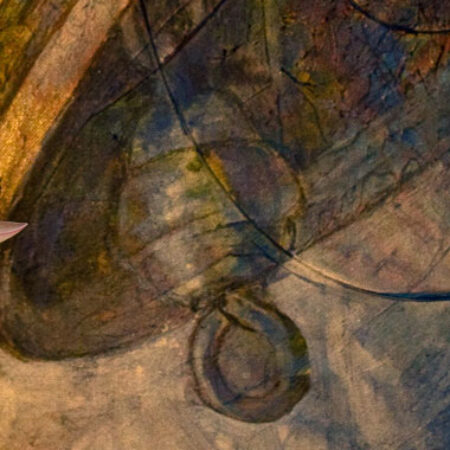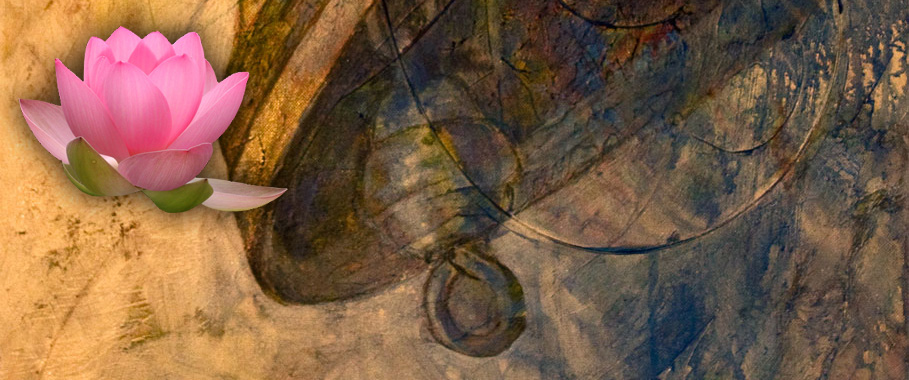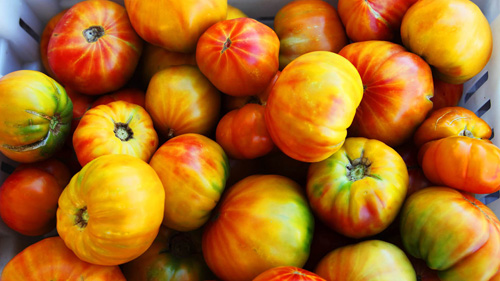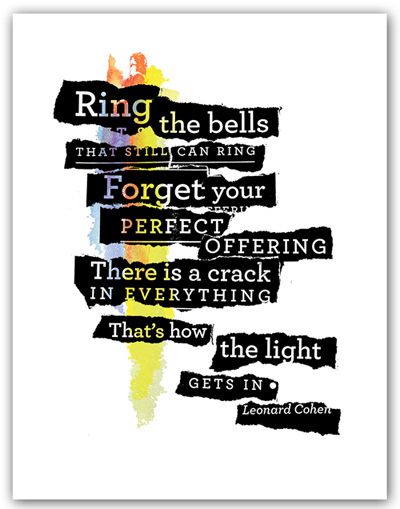by Roger Mock
It may not seem so a lot of the time, but in many encouraging ways our world is changing for the better. We just might be evolving a teensy bit, don’t you think? We are becoming more courageous, for one thing. And one person’s courage challenges all of us to open our hearts a little wider. In fact the word courage (which I just used in three different forms) is derived from the word for heart: cœur in French or cor in the older Latin. To be courageous is to be willing to let our heart show.
Let’s take the saga of Caitlyn Jenner for example, who just celebrated the culmination of her first year as a woman this week. The enormous courage shown by her very public transformation has changed the world, has it not? It is difficult to imagine how such naked audacity might have played out in, say, the 1970s.
Yesterday while driving home I had NPR on in the car. The program was a women’s show called 51% and the guest was a professional photographer and art professor named Haley Morris-Cafiero. Morris-Cafiero is quite unapologetically and outspokenly overweight. Her recently published book of photos is called The Watchers. They are self portraits taken in a variety of public settings which capture the furtive, perhaps judgmental, reactions of others to her weight. In the interview she tells how, as a teen, she finally came to the decision that, “This is the body you have and you’ve got to love it and appreciate it and do what you can with it.” Asked if she ever felt hurt by the negative and outright rude comments of others (let’s call them the ‘less evolved’) on the internet, she said absolutely not, and I believe her. She is a person of courage, willing to stand in the public square and say “This is who I am.”
Here’s another example of a noticeable, if seemingly small, uptick in our maturation as a species. It’s not about human self-image this time, but vegetative. It seems we are beginning to embrace imperfect/ugly fruits and vegetables. I heard this morning that two local Hannaford branches will be following the lead of Whole Foods and will begin selling misshapen produce that would normally be tossed aside. In fact, this is becoming something of a world-wide cause celebre. It’s a very big environmental issue given that 20% of our produce in America has typically been deemed too ugly to sell.
Maybe we are all beginning to accept and even revel in our imperfections and in imperfection in general. The early 20th century British theosophist Annie Besant wrote,
“Every form, not being the whole, must, of necessity, be imperfect; less than the whole. Only the totality of a universe can mirror the image of God.”
I think she is partly right. I think that each part does mirror the whole, as in a holograph. Taken by itself, extracted from the whole crystal, the individual facet may not present the whole picture but it is still, nonetheless, diamond.
We ourselves, seen apart from the Whole, appear imperfect. But in truth we are not apart. There is a wholeness that we are just beginning to understand. That we are finding the courage to embrace imperfection is a sign that we are moving toward that greater paradigm shift.
This brings me to the refrain that sang in my head during my meditation time this morning and which tied all of this together for me. It’s from Leonard Cohen’s song, Anthem:
“Ring the bells that still can ring. Forget your perfect offering.
There is a crack in everything. That’s how the light gets in.”
I did a little research on the song this morning because I was pretty sure I’d heard that Cohen was invoking an older teaching with his chorus. In fact he had been inspired by the Jewish mystical teachings of Isaac Luria from the 16th Century. In Luria’s vision, when God created the world, God poured forth a stream of light into vessels that were designed to contain it. The vessels, however, cracked under the tremendous strain of the light, shattering into countless shards that were scattered across creation. The writer Naomi Levy elaborates, “The broken shards are everywhere around us, even within our own souls. And the shards aren’t just garbage to be thrown out, they contain holy sparks, entrapped by divine light. Our task on earth is to repair the world by finding those fragments and restoring them to wholeness.”
Our imperfections really are to be reveled in because they can lead us to the resolve that Caitlyn Jenner and Haley Morris-Cafiero embraced, that we can show up in this world as who we are with courage and grace. They can lead us to understand that we are all facets of one perfect diamond, of one Wholeness. They can lead us to understand that there is beauty in imperfection.
Theologian Matthew Fox wrote,
“If you look closely at a tree you’ll notice it’s knots and dead branches, just like our bodies. What we learn is that beauty and imperfection go together wonderfully.”
Fox also likes to point out that the Biblical injunction of Jesus (Matthew 5:48), “Be you perfect, as your heavenly Father is perfect,” is more properly translated as, “Be you whole, as your heavenly Father is whole.” I believe we can also infer that Jesus was not speaking to each listener individually with his words. He was speaking to the whole crowd gathered as one: “Know that you ARE indeed whole. You are not these separate shards incapable of being rejoined.”
imperfectly yours,
Roger







6 Comments
Perfectly wonderful!
Thank you, Cynthia! 🙂 Roger
So awesome; so perfect in every way.
Hugs, Jackie
Thanks so much, Jackie! Hugs back! Roger
A compassionate worldview – beautifully expressed – sorely needed for this planet!
Thanks, Roger.
Thanks, Eileen! Further thoughts today: We can’t do it alone because there is no alone. We can only be the “diamond” when we recognize that together we are the “diamond.” The parts of a machine disassembled will, in a sense, experience imperfection. They cannot fulfill their function apart from the whole.
Roger
Commenting has been turned off.